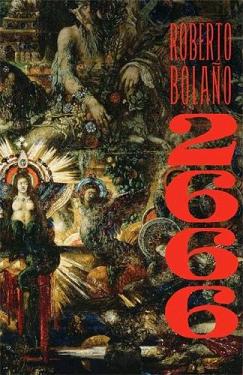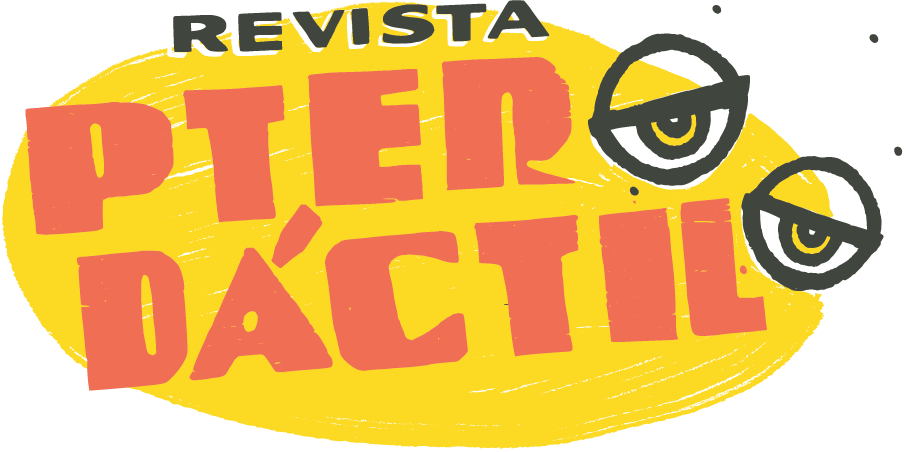I’m following my fellow bloggers Sam Cannon, James Staig, and Roanne Kantor in a post about searching. While Neruda (as far as I know) isn’t a part of this story, I, like Sam, will use Roberto Bolaño to tell another story. Which is one of the things that Bolaño does best – focusing on one object or person to tell another story, usually while searching for said object or person. He is a master of the MacGuffin. This post also continues Adriana Pacheco‘s expert advice on archival research, but as opposed to good advice on what to do, I can only offer a warning on what to avoid. Hindsight, as they say, is 20/20.
 I began the summer with the naive thought that I would finish Robert Bolaño’s posthumous novel 2666 (2004) in a couple weeks, but it wasn’t meant to be. Instead, I carried the over 1000-page tome with me aboard my plane to Buenos Aires, where I would be continuing my research on Argentine lettered culture and the Afro-descendant community. Surprisingly, I found that Bolaño made a good companion while down in the archives.
I began the summer with the naive thought that I would finish Robert Bolaño’s posthumous novel 2666 (2004) in a couple weeks, but it wasn’t meant to be. Instead, I carried the over 1000-page tome with me aboard my plane to Buenos Aires, where I would be continuing my research on Argentine lettered culture and the Afro-descendant community. Surprisingly, I found that Bolaño made a good companion while down in the archives.
Bolaño’s story opens with a group of academics who specialize in an obscure German writer, Benno von Archimboldi. As a doctoral student, I could relate to this first section – even more since my research has been called obscure. As more than one academic told me in Argentina: “no one studies that.” As if that was supposed to encourage me to study something else…
The academics travel to Santa Teresa, the author’s fictional city which parallels the actual Ciudad Juarez, to attempt to find their beloved writer, and I go to Buenos Aires to search the archives for little known newspapers. The plot jumps to part II, the story of a Chilean professor, Oscar Amalfitano, in Santa Teresa, leaving only specters of the four professors who populate the first section. I, on the other hand, am given the kind of news that can kill a research project: the newspapers are being microfilmed, and are unavailable indefinitely. Jump to research part II, background research.
Same space, different angle. Each story within Santa Teresa, like each step in the research project seemed to be a wild goose chase, with connecting threads hidden behind and in between the words, inscribed into the city streets and characters. Bolaño’s collage reveal’s more about Santa Teresa than it does about anyone in particular, and while I was finding very little on the Afro-descendant community, my map of 19th century Buenos Aires was growing more and more detailed.
However, as soon as I began to follow a new thread, I would come to a dead-end, and would have to jump to something else. 2666’s part IV is about feminicide in Santa Teresa, which the author recounts in agonizing and violent detail. My research project also moved towards a study on violence, as I began to look at the 19th century iconography of the Paraguayan War (1864-1870) and the use of Afro-descendant soldiers as cannon fodder on the frontier. Two violent frontiers, two groups disappearing, two myths formed out of the carnage. It was becoming clear that both spaces were defined through, and to a certain extent, born out of violence.
Still, on my second to last day, I received an email: the archives I had wanted all along were photographed and in the Biblioteca Nacional. On my last day, I arrived at the odd-looking cement fortress and ran back and forth to various floors until someone knew something about the mysterious photographs. In the end, in the Sala de Tesoro, I found my treasure. In fact, I found it three times over, as the newspapers had been photographed at least twice, and microfilmed already (beyond the digital version they were in the process of creating in a different department).
I ended, with much meandering, where I had hoped to; as for 2666, I don’t want to spoil the ending, but the closure it provides is much like that which I was given through my research: not much at all.

